Description of fabrics for shirts and their selection
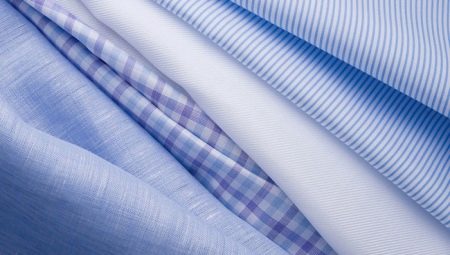
A shirt is an essential wardrobe item. You can wear it on a date, to work, or for a walk. Due to this wide application, special requirements are imposed on the products. One of them is the type of fabric.

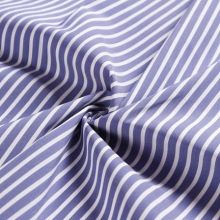

Peculiarities
Fabrics for shirts are produced in a huge assortment today. Materials for the manufacture of things are very different: natural and synthetic, blended. Fabrics for shirts differ in density, type of weaving. Fabrics are produced in a variety of colors, but the most popular are still white, blue, gray shades. Shirts are usually made from fabric obtained through special processing of the yarn.
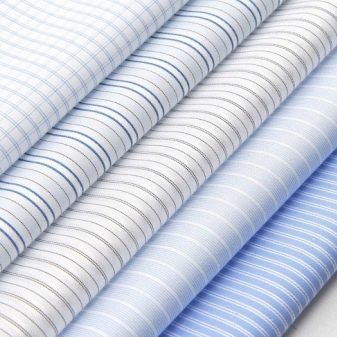
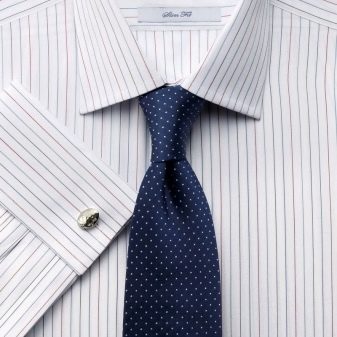
There are two machining options: single and double twist. The first option is more popular, it is also more budgetary. Basically, single-twist yarn is used for mass production of shirts. Frequently used material numbers are 30 and 40. Ready-made shirts are pleasant to the touch and soft. But double-twisted yarn often starts from number 80.
The shirts made from it are business class models, expensive, durable and very practical.
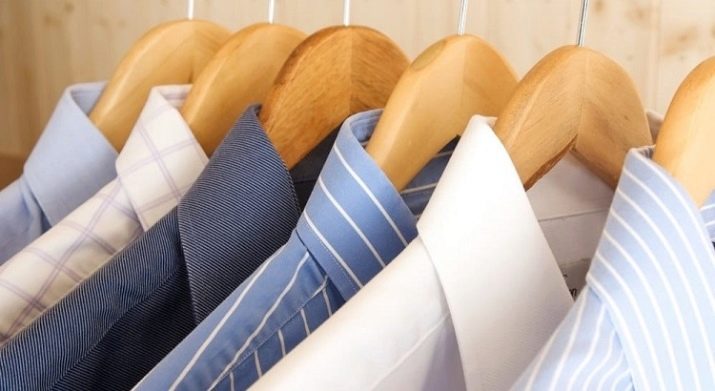
Species overview
There are many varieties of shirting fabrics. Let's dwell on the most popular options.
Cotton
This material is one of the most used for sewing women's and men's shirts. Cotton is an environmentally friendly raw material, so it is very pleasant to wear shirts made of it, they do not cause allergies. The fabric for sewing may contain all 100% cotton, or a small proportion of additional components. The latter are usually synthetics, such as polyester or lycra.
Pure cotton shirts have a number of undeniable advantages:
- perfectly permeate moisture and air, are comfortable in the heat;
- pleasant to the body;
- completely natural;
- very easy to care for;
- do not lose their color for a long time.
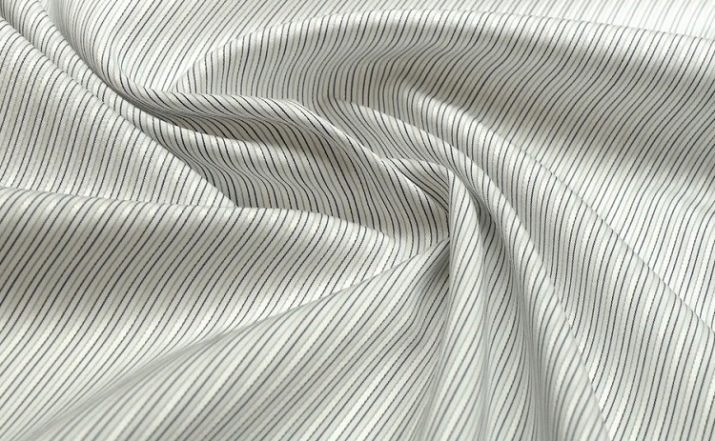
However, the disadvantages here are significant:
- the product will not be cheap;
- any pollution will be visible on them;
- the fabric is very wrinkled;
- shrinks after the first wash.
Considering a number of disadvantages, a more practical solution would be to buy blended shirts. For example, polyester will prevent quick creasing and shrinkage of the fabric, and lycra will provide good stretching, which is especially important in summer. In addition, these options are much cheaper.
But you need to take into account that it is better to take them for autumn, spring. In the summer, due to synthetics, it will be hot in such a shirt.
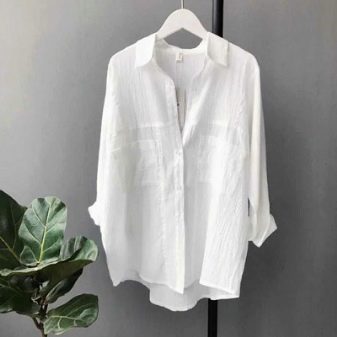
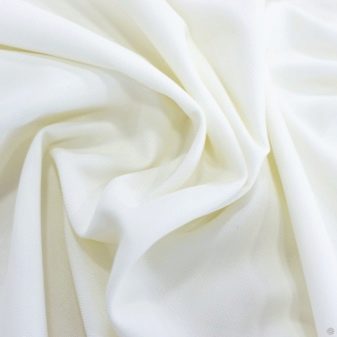
Oxford
This fabric is more used for sewing men's shirts, but nowadays women often buy unisex things for themselves, so they can pay attention to it. Oxford shirts are sewn in a casual style, such things are perfect for walking, meeting friends, some kind of holiday. An interesting characteristic of such a fabric is the different directions of the threads. The white threads are in one direction, and those that have been dyed are in the other. All this creates a beautiful drawing.
By the way, some varieties of Oxford can still be used to sew office shirts. For example, this is an embossed special oxford. The most expensive variety is the Royal Oxford. It goes well with woolen and silk items.
At the height of fashion are now men's shirts made of this fabric with intricate buttons on the collar.
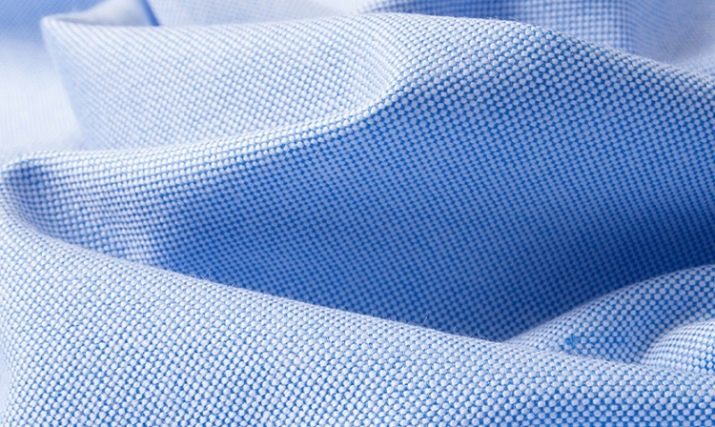
Poplin
This is another material from which shirts for men and women are made. It is the second most popular after silk. Poplin is very dense, but the fabric is not at all rough. On the contrary, such matter is very pleasant to the touch. She does not wrinkle, which greatly simplifies care. It is also hygroscopic, so a person can wear a shirt both in cold and hot weather. When choosing a poplin shirt, experts recommend paying attention to the label with the composition. It is great if the fabric contains cotton or silk. But synthetics reduce the quality at times.
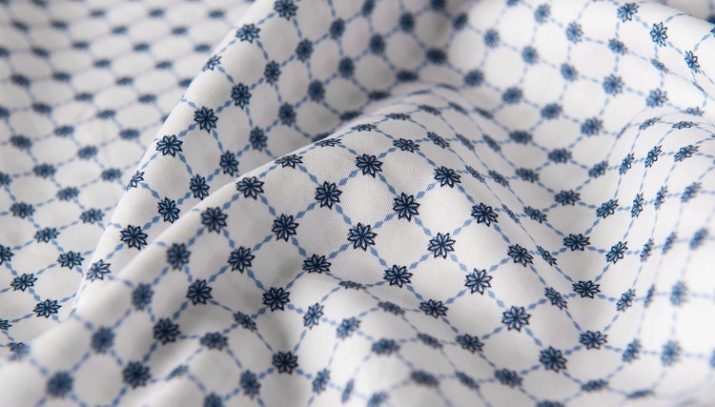
Linen
Natural linen shirts are among the most fashionable today, and this is not only due to their natural composition. Linen itself looks very beautiful and is appropriate in many cases. This is a great option for the summer heat, when other clothes just stick to the body. Flax dries quickly and is also responsible for thermoregulation. This is a completely hypoallergenic fabric, which will be the optimal solution for people with sensitive dermis. But it is important to take into account that linen wrinkles extremely quickly and is very badly ironed.
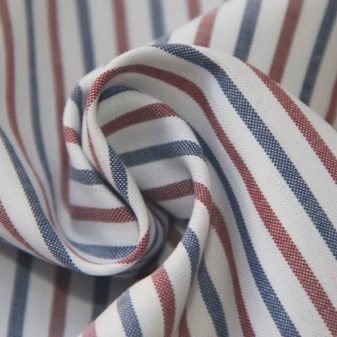
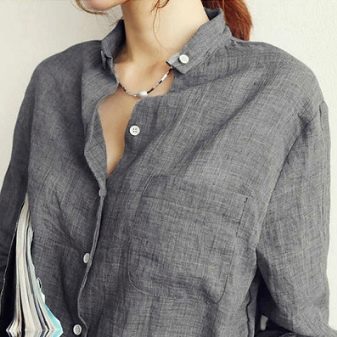
Denim
Denim clothing has not gone out of fashion for several decades, so such shirts are widely in demand in the wardrobe of both genders. They are stylish and versatile, suitable for parties, walks, events. Denim is very dense, has the ability to permeate moisture well. The fibers of the fabric repel dirt, so stains can be easily wiped off with your hands. However, a denim shirt will quickly deteriorate if washed with other items and at high temperatures.
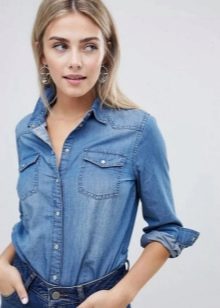
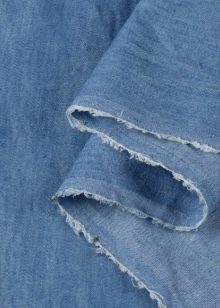
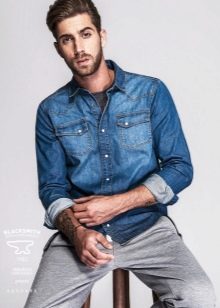
Twill
Twill shirts look pretty attractive. Moreover, now you can pick up a variety of product options. There are solutions with cotton, satin, silk fibers. Shirts made of this material are very wear-resistant, breathable, good for the summer season. They retain their original shade for a very long time, do not look washed out. But in the composition of such models there are always synthetic components that can cause allergic reactions in individuals.
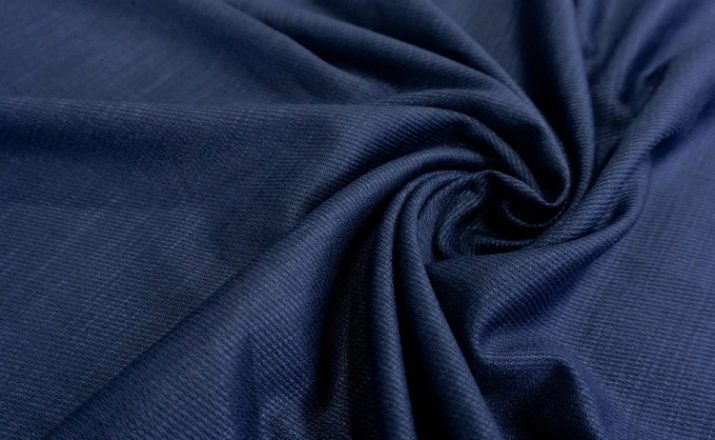
Flannel
It is a wonderful warm fabric for autumn and winter, early spring. The main component of the composition is cotton, however, wool and viscose can also be added to the fabric. Flannel shirts are highly absorbent and incredibly pleasant to the touch. Flannel shirts are easy to wash, just iron on. But they dry for a long time.Another negative point is the abrasion of the villi over time.
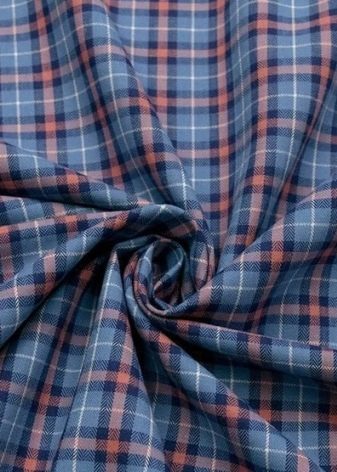
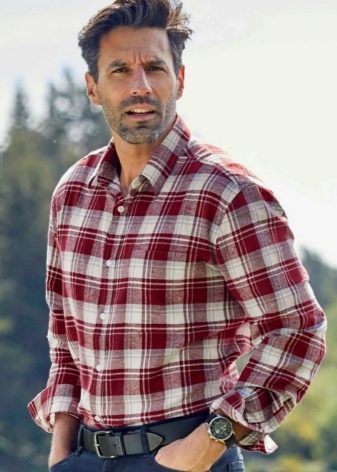
Silk
Silk patterns are more popular with women. But men also wear them, but for them it is a more festive option, appropriate at a party or a friendly meeting. At work, representatives of the stronger sex prefer to wear something more restrained. Silk is a very durable material, despite its lightness. It retains heat well and stretches great, but does not stretch over time. Silk has a noble shine and does not shrink. But you need to take care of such a fabric very carefully, since it is quite capricious.
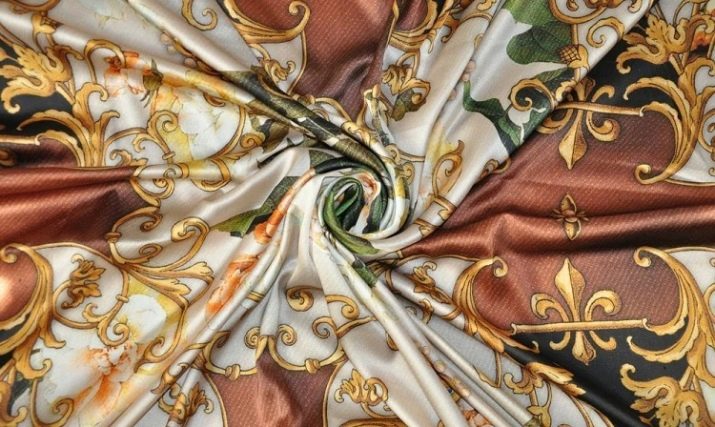
In addition to the materials already described, men's shirts are sewn from:
- heringbon;
- jacquard;
- satin.
As for women's models, the following fabrics will be appropriate here:
- atlas;
- organza;
- chiffon;
- brocade.
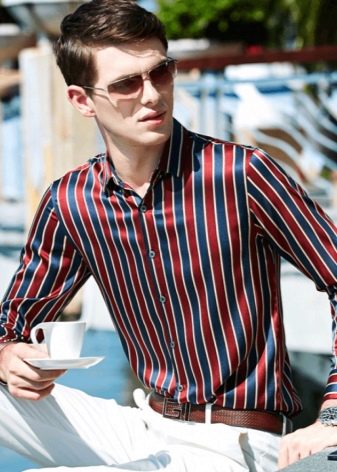
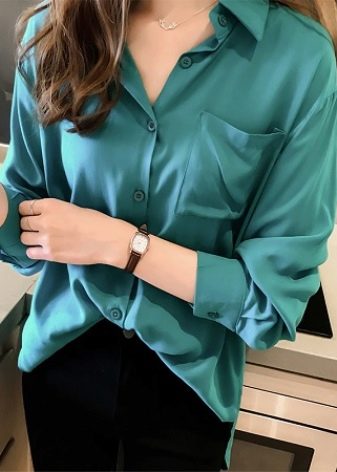
Selection Tips
The shirt must be chosen correctly for both men and women. Indeed, sometimes this wardrobe item has to be worn all day, and it will be very unpleasant if it starts to cause discomfort. Consider a few tips to help you choose the right product.
- If you work in an office, and you will wear the shirt for at least 6-7 hours, then you should give preference to natural fabrics that are good for moisture and air permeability. Cotton models with a slight admixture of synthetics will be a great solution. But there should be no synthetics shine on the fabric. This is an indicator of poor quality.
- Attention should be paid to the length of the fibers., especially if a man's shirt is being bought. Fiber 20-30mm is the best choice. Such shirts are very soft, pleasant to the body, and comfortable to be in.
- Be sure to consider the time of year when choosing a shirt. For example, in models with a lot of synthetics, it will be simply unbearable in the summer. And the twill shirt is cold in winter. It is also necessary to take into account where you are going to put the product. Silk, satin, guipure options at work are inappropriate, here it is better to pick up classic cotton, poplin and satin.
- For frequent wear, it is better to choose fabrics that are easy to clean. For example, taking care of silk on a daily basis is still a challenge. A lightweight, wrinkle-free fabric is the best choice. It is suitable for both men and women. It is enough to dry this shirt after washing and put it on right away. Usually such materials are marked as Non Iron.
- It is best to choose products that are made from stretch fabrics. Moreover, the features of the figure do not matter. If the shirt is constantly tight and does not stretch, sooner or later the person will feel discomfort.









